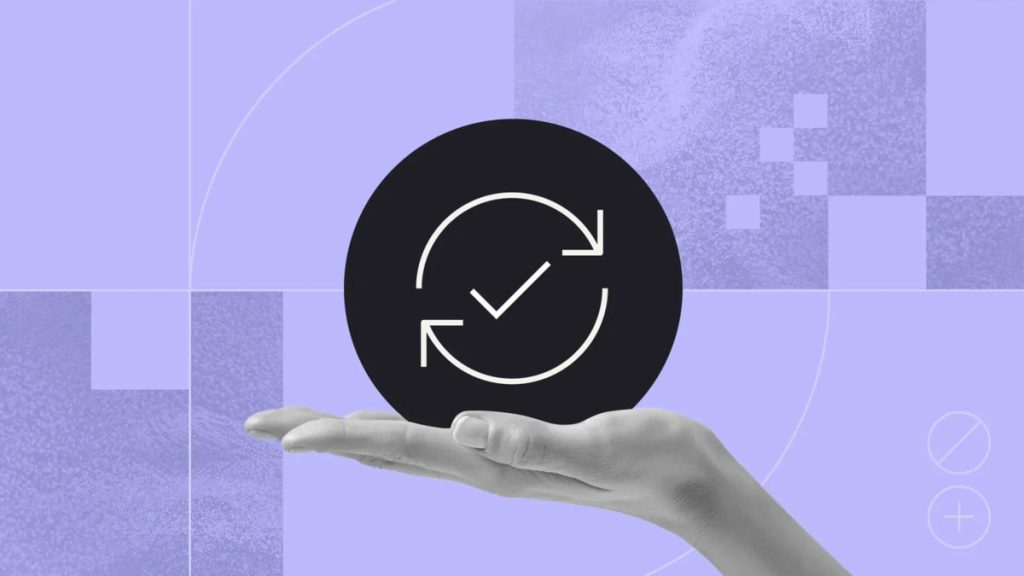Chargebacks are a constant challenge for businesses, especially those in e-commerce. They cost U.S. merchants over $30 billion annually in associated fees, lost revenue, and operational strain. Knowing how to reverse a chargeback is key to limiting these losses. The chargeback reversal process is when a merchant disputes a chargeback, presenting evidence that the transaction was legitimate. This guide will cover all essential steps, best practices, and tools for improving your chargeback reversal success rate.
Understanding the Chargeback Process
- Cardholder Disputes Transaction
A customer disputes a charge, typically due to fraud or billing errors. This triggers the reversal of the payment from the merchant to the customer. - Reason Codes
A reason code explains why the chargeback was initiated. These codes vary by card network (Visa, Mastercard, etc.) and dictate the type of evidence required to challenge the chargeback. Common reasons include:
- Fraud
- Non-receipt of goods
- Duplicate charges
- Merchant Responds (Representment)
Once notified, the merchant has the option to either accept or challenge the chargeback. If challenging, the merchant submits evidence to prove the transaction was valid. - Bank Reviews
The acquiring bank reviews the evidence, forwards it to the issuing bank, and the issuing bank decides whether to uphold or reverse the chargeback.
Chargeback reversals are a critical part of running a business. Losing a chargeback means losing both the sale and any goods or services provided. Businesses may also incur fees and could face potential suspension of their merchant account if chargeback rates exceed 1%.
Why Reversing Chargebacks Matters
Chargebacks affect the profitability and reputation of a business. Merchants pay for every chargeback, not just in lost sales but also in fees—typically $15–$100 per case. Recovering chargebacks minimizes these losses, improving the business’s bottom line.
In addition to recovering revenue, successful chargeback reversals help reduce a company’s chargeback ratio, which impacts its standing with banks and processors. According to Visa’s Global Rules, businesses with a chargeback ratio above 0.9% face increased scrutiny, possible fines, and even account suspension.

Steps to Successful Chargeback Reversals
1. Analyze the Reason Code
Reason codes offer insight into why the dispute occurred. For example:
- Fraud Claims (Visa Code 10.4): Merchants need to present evidence showing the customer authorized the transaction.
- Non-Receipt of Goods (Mastercard Code 4855): Providing proof of delivery is critical.
Understanding the reason code allows you to gather specific evidence to support your case. Each card network publishes an official list of codes, which helps you tailor your response effectively.
2. Collect Strong Evidence
Your evidence must directly counter the reason for the chargeback. Examples include:
- Transaction Receipts
- Shipping Confirmations
- Customer Communication Logs
- IP Addresses for Online Purchases
- Authorization Records
Provide clear documentation that proves the transaction was valid and fulfilled as agreed. The better organized and more relevant your evidence, the higher your chances of success.
3. Draft a Rebuttal Letter
The rebuttal letter should be concise and fact-based. It must directly address the reason for the chargeback and include supporting documentation. Avoid emotional or argumentative language. The letter must be professional and to the point, focusing solely on the facts of the case.
Best Practices for Chargeback Management
By implementing structured processes and utilizing tools, merchants can manage chargebacks more effectively.
1. Monitor Chargeback Metrics
Track key metrics to evaluate your performance and identify areas for improvement:
- Chargeback Ratio: A ratio over 0.9% can lead to fines.
- Win Rate: On average, only 45% of chargebacks are reversed, but optimized businesses can achieve 65% success rates.
- Time to Resolution: The faster you respond, the better your chances.
Table 1: Chargeback Metrics for Monitoring
| Metric | Description |
|---|---|
| Chargeback Ratio | Ratio of chargebacks to total transactions |
| Win Rate | Percentage of successful chargeback reversals |
| Resolution Time | Average time to resolve a dispute |
Tracking these metrics helps you spot trends and improve your dispute-handling processes.
2. Use Chargeback Management Tools
Tools like fraud detection systems can prevent chargebacks before they occur. These tools analyze transaction data in real-time to block suspicious purchases. Additionally, automated tools can organize documentation and streamline the submission process.
Consider using Merchanto.org, an official Visa and Mastercard partner, for advanced chargeback prevention and management solutions. Visit Merchanto.org for more details.
3. Maintain a Proactive Customer Service
Encourage customers to contact your support team before initiating a chargeback. A refund is easier and less costly than fighting a chargeback. Respond to customer complaints quickly, and offer solutions before disputes escalate.
4. Train Your Staff
Make sure employees understand the importance of proper payment handling and record-keeping. They should also know how to recognize potential fraud and respond to chargebacks effectively. Training on these procedures reduces error-related chargebacks and improves the overall efficiency of the chargeback response.

Key Statistics: Chargeback Impact on Merchants
Chargebacks are not just a nuisance—they’re a significant drain on business resources. The average chargeback case costs businesses three times the original transaction amount due to associated fees, lost revenue, and potential penalties. Here are some additional facts:
- Chargeback Fees: Businesses incur a fee for each chargeback, ranging from $15 to $100 depending on the processor.
- Chargeback Ratio Limits: A chargeback ratio above 1% can result in account suspension or additional fines.
- Fraudulent Chargebacks: Nearly 60% of chargebacks are related to fraud, with “friendly fraud” (when legitimate transactions are disputed) becoming more common.
Tools and Techniques to Increase Chargeback Reversal Success
The more prepared you are, the better your chances of success in the chargeback process.
1. Fraud Detection Tools
Using fraud detection tools can significantly reduce the number of chargebacks you face. These tools monitor transactions in real-time and flag suspicious activities before they result in a chargeback. According to Mastercard’s Anti-Fraud Guidelines, fraud prevention tools can reduce fraud-related chargebacks by up to 70%.
2. Chargeback Management Software
Software that organizes your documentation and automates submissions can improve your efficiency in fighting chargebacks. Merchants using automated tools report a 30% increase in their win rates.
Conclusion
The chargeback reversal process is essential for protecting your business from revenue loss, fines, and operational disruptions. By following a structured approach, focusing on strong evidence, and using automated tools, you can significantly increase your success rate. Monitoring key metrics and continuously refining your processes will also ensure long-term success.
Table 2: Common Chargeback Reasons and Required Evidence
| Chargeback Reason | Required Evidence |
|---|---|
| Fraud | Proof of authorization, IP logs, customer verification |
| Non-receipt of Goods | Proof of delivery, tracking number |
| Duplicate Charge | Transaction receipts, billing history |
| Unauthorized Transaction | Customer communication logs, fraud prevention reports |
Incorporating these best practices and continuously analyzing the chargeback data will reduce the financial impact on your business and protect your merchant account from penalties and account suspension.



